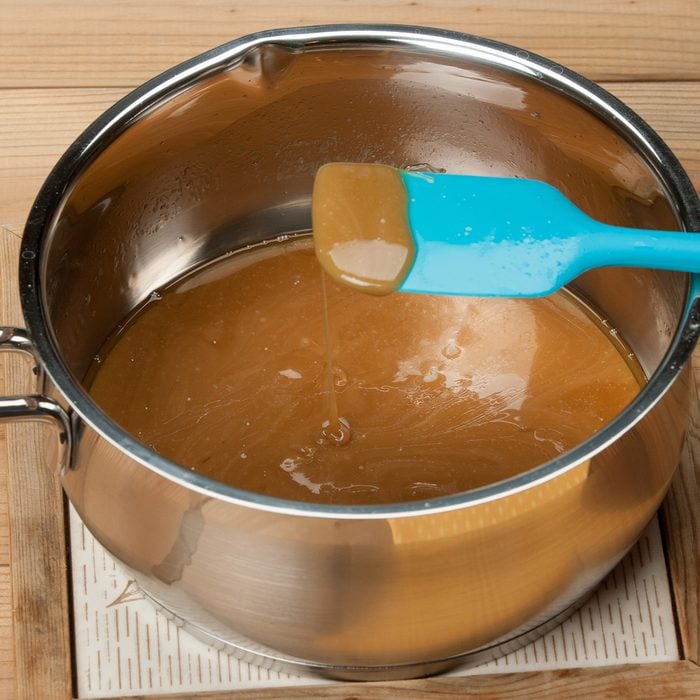
Using a thin pot
You make caramel by melting sugar, and thin pots heat unevenly. This can cause portions of the sugar to burn before the rest of it has melted. Instead, choose a sturdy, heavy-bottomed metal pot (like stainless steel) with tall sides. You also want the bottom be light-colored so you’ll notice the caramel’s precise color changes.
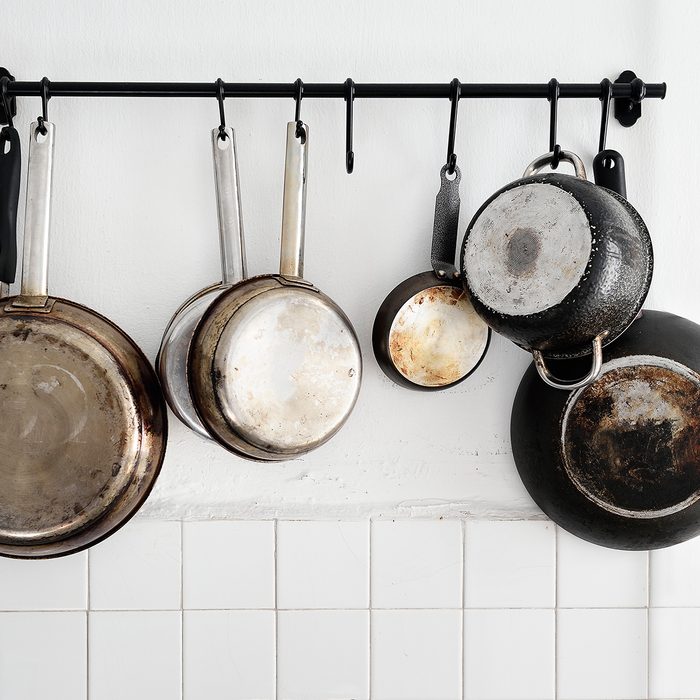
Cooking with a dirty pot
Cleaning pots and pans is a dreaded chore, but it’s important to have a sparkling clean pot when making caramel. If there are any leftover crumbs or burnt bits, they’ll be pulled into the caramel mixture, ruining its texture and consistency.
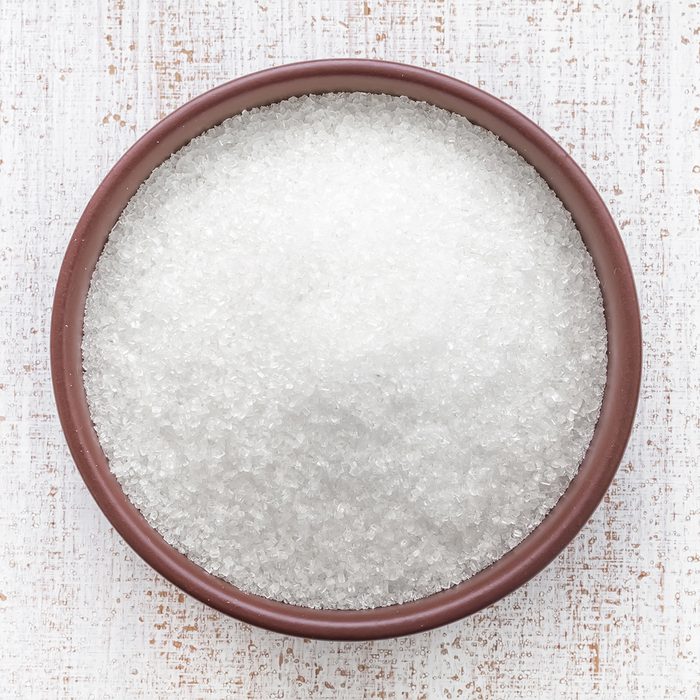
Choosing the wrong sugar
Don’t get fooled into making caramel with a fancy sugar. Granulated white refined sugar is definitely the way to go. It’s made with either sugarcane or sugar beet, so it melts easily and makes the caramel super smooth. It also won’t clump together like other sugars.
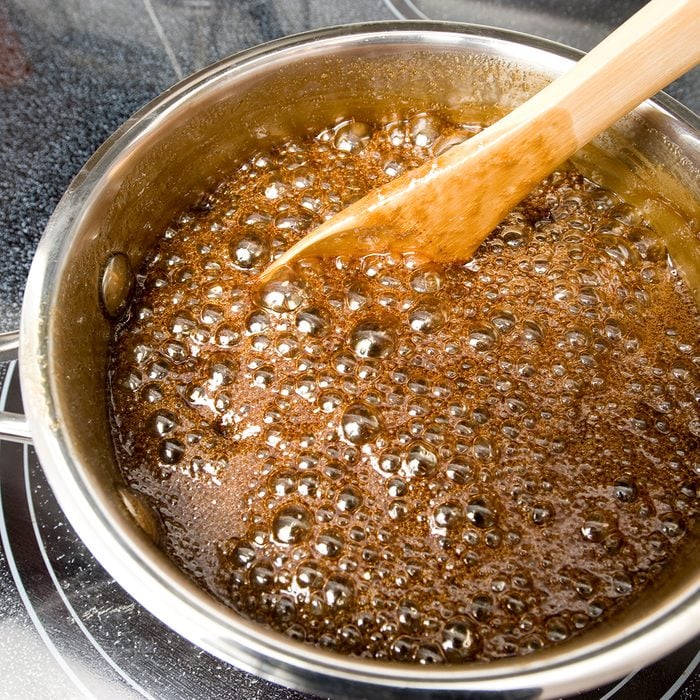
Stirring the sugar
If your caramel becomes gritty or grainy, the sugar probably crystallized. If the melting sugar splashes up onto the sides of the pan, it quickly loses its moisture content and forms back into crystals. That can set off a chain reaction that can cause caramel to seize up, ruining the entire batch.
Instead, gently swirl the pan as you go and use a wet pastry brush to wipe down any sugar that sticks to the sides of the pot. Read up on more tips for preventing crystallization, too.
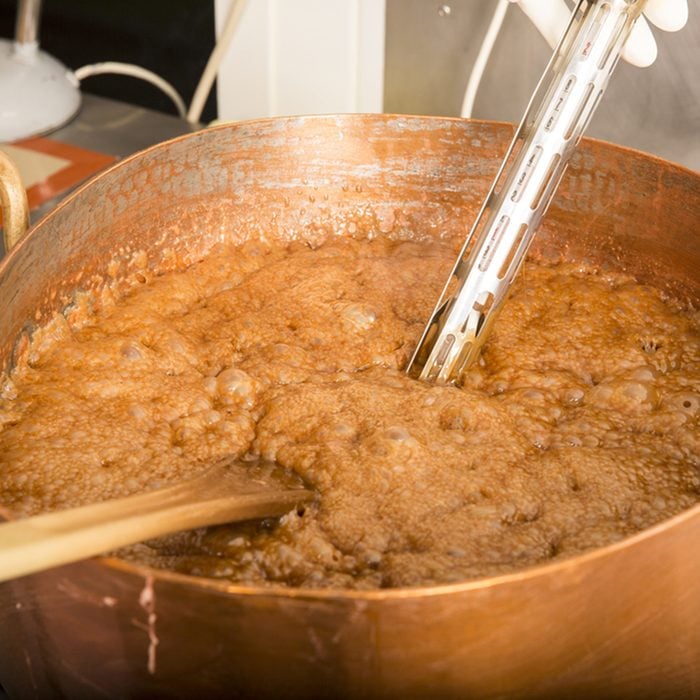
Skipping the candy thermometer
Temperature is key when making candy. The difference between a soft caramel and one that’s hard and overcooked is all in the temperature. Candy thermometers—like this instant-read thermometer—let you know exactly what stage the caramel is in (thread, soft-ball, firm-ball, hard-ball, soft crack or hard crack). It’s an easy way to prevent soft caramel that won’t set, which happens if the caramel doesn’t reach a high enough temperature.
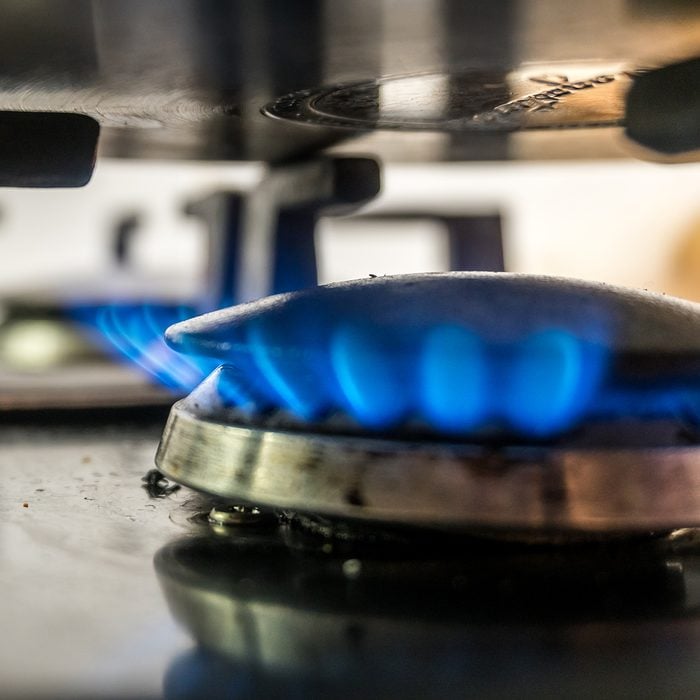
Overheating the mixture
Be very careful as you heat your caramel. Follow the recipe carefully, and never melt your caramel on your stove’s highest setting—it will cause the caramel to scorch and taste burnt. Once it gets a burnt or bitter flavor, it can’t be saved. Luckily, sugar is inexpensive, so you can always start over!
(Here’s how to store leftover caramel!)
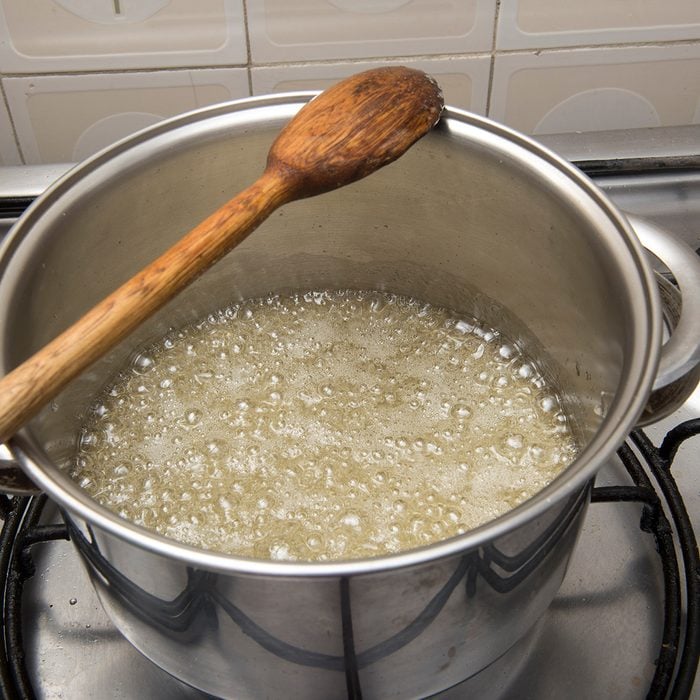
Fearing a dark color
The darker the caramel, the richer the flavor. It’s tempting to get the caramel off the stovetop before it burns, but it will become more flavorful if you let it achieve a darker color. Just keep the flame low to keep it from going too far. If the temperature gets too hot and the caramel becomes too hard as it cools, you can put it back in the pan with a couple of tablespoons of cold water to try and save it.
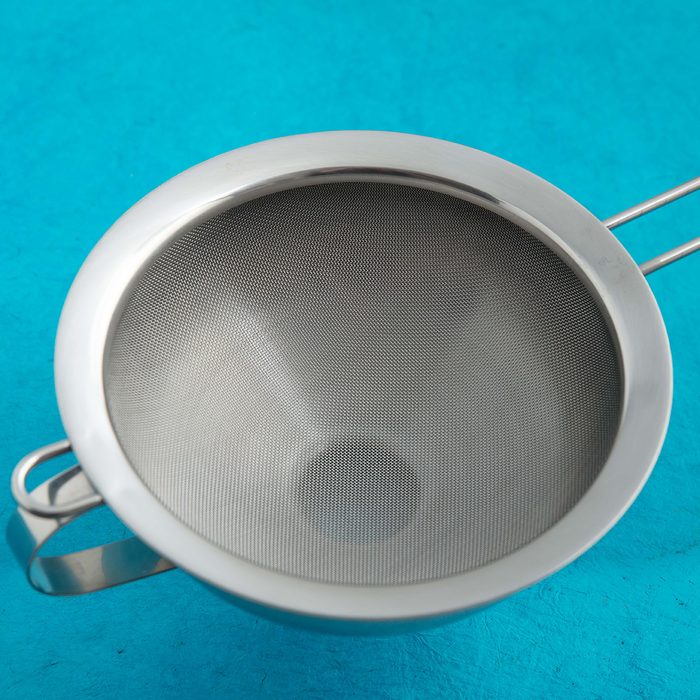
Forgetting safety precautions
Many recipes finish by adding water, cream or butter to add rich flavor to the caramel, which can cause the melted sugar to spit and jump out of the pot. A splatter guard or mesh strainer is a necessary safety precaution. Melted sugar is extremely hot, and sugar burns are not sweet! Place the mesh strainer over the pot before pouring in any of these liquids. While you’re at it, make sure to wear long sleeves, shoes and heavy-duty oven mitts.
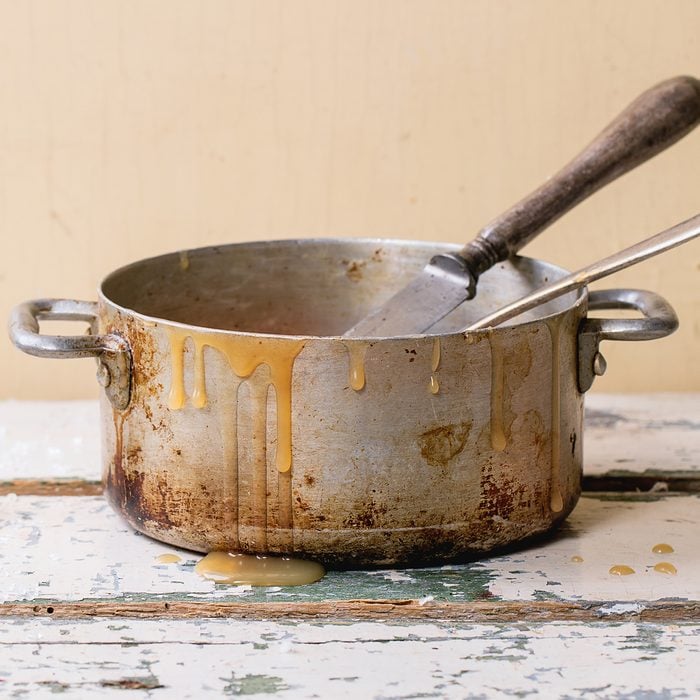
Scraping the pan
It’s only natural to try to get every ounce of caramel goodness out of the pan, but resist the urge to scrape the bottom of the pan. There may be some lingering crystallized sugar down there, which can ruin the whole batch. Better to just pour the caramel out of the pan and get what you get.
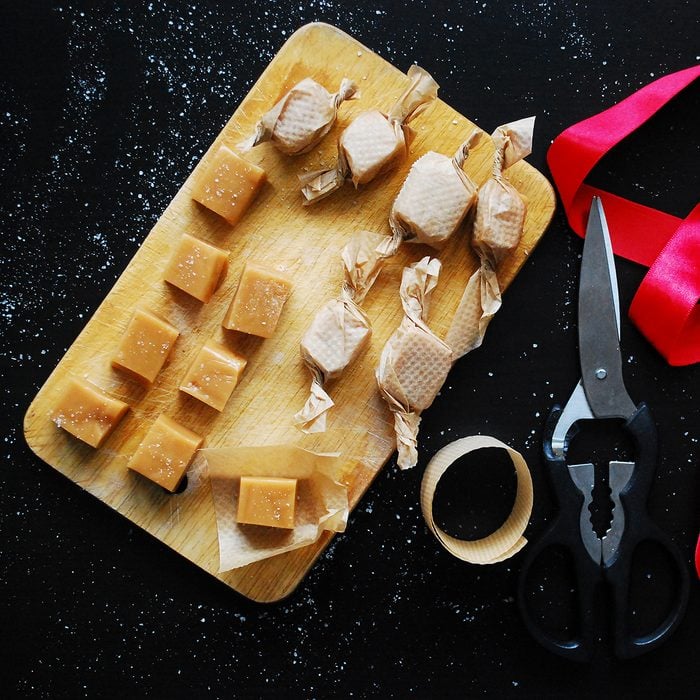
Pouring caramel into an ungreased pan
Caramel is sticky business, and if you’re making candies, pouring it into an ungreased pan is a huge mistake. It will be difficult (or maybe impossible) to get out! Make life easier by lining your pan with parchment paper and coating it with a layer of baking spray to keep the candy from sticking. Ready to get cooking? Here are our top homemade caramel recipes.
